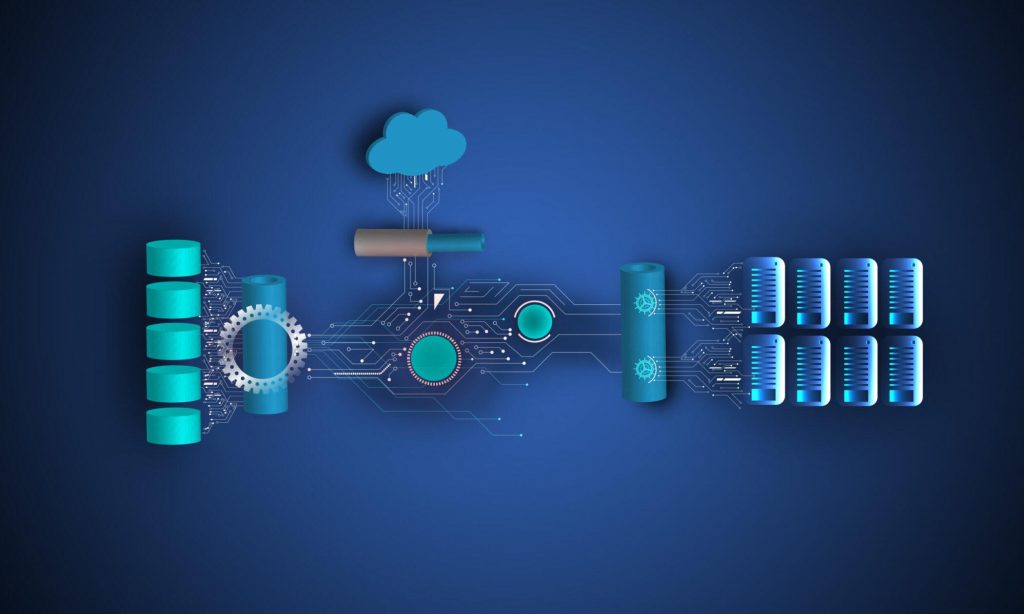
What Are Microservices? An Introduction
Microservices have taken over the IT space in recent years, particularly software development. Microservice architecture moves away from the traditional style where you run all app processes in a single service and instead build apps through different services.
Given that this approach is more flexible, scalable, and efficient, it has unsurprisingly become mainstream among developers in recent years.
According to O’Reilly’s Microservices Adoption in 2020 report, 77% of the 1,502 respondents mentioned using microservices, of which 92% were experiencing success with the adoption. Even large companies like Netflix, Amazon, eBay, and Spotify have implemented microservice architecture to stay agile to the market’s needs.
So to help you get more acquainted with this new approach to software development, check out the information below for a detailed introduction to microservices.
What Are Microservices?
Microservices refer to an architectural style where you build a single application through a set of more minor, loosely coupled services. These services have their technology stack and communicate with one another through an application programming interface (API).
Traditionally, you build monolithic applications as one autonomous unit with tightly coupled processes. If you need to modify a section of the code to accommodate changes in demand, you will need to update the whole application.
It made the process tedious and expensive, and opened up your software to potential vulnerabilities whenever you added or adjusted features.
In contrast, microservices employ a modular approach, so you can scale components independently for time and cost savings. It is also much easier to update codes since you can focus on the relevant features without touching the rest of the application.
Benefits of Microservices
It is critical to be agile and quick to adapt to changes in today’s fast-paced digital age. As a result, more and more organizations have adopted microservices to scale their app development process and speed up their time to market. However, if you are still unsure of what value they bring to the table, check out the top benefits of microservices below.
Independent Deployment
Unsurprisingly, one of the most significant advantages of microservices is independent deployment. Since your application is broken down into smaller services, you can quickly develop and deploy relevant components without affecting the other parts. With this, you can limit your costs and effort to the services that need changes.
Likewise, microservices allow you to manage cross-functional teams who can work simultaneously to stay on top of your development needs. This approach provides room for experimentation, given that you can test new ideas or features on
Increased Resiliency
As mentioned earlier, monolithic applications function as a single unit. Thus, it comes with higher risks since one problem can quickly cascade to the other coupled processes and cause an overall system failure.
With microservices, you need not worry about this problem. Given that the services are independent, you can isolate faults more effectively and prevent issues from affecting the rest of the services. In other words, if one component breaks down, this will not cause the whole application to go down.
Enhanced Scalability
As hinted in the difference between monolithic and microservice-based applications, microservices provide better and more precise scalability since you can scale only the necessary services instead of the whole application.
Furthermore, this allows your team to measure costs more accurately and maintain service availability since you can implement changes little by little.
Ability to Use the Right Tools
Traditionally, you would need to use the same technology stack, programming language, and database to code all the processes in your application. Unfortunately, this approach tends to be restrictive for developers since some tools or systems might be more suited for specific components.
Fortunately, microservices address this dilemma since you can choose the suitable programming languages and technologies per service, including the database and data model. Furthermore, the services communicate over an API, so you should have no trouble connecting them even if you use different tools in your application.
Aside from added flexibility, this key feature also allows you to take advantage of the latest technologies. For instance, if there are new tools that can better support specific parts of your application, you can easily switch without worrying about how other features will be affected.
Faster Time to Market
Given their easy deployment, independence, and scalability, microservices also provide speed and allow you to get your applications to market more quickly. In addition, since the services do not run on a single codebase, you can iterate on a specific part of the application and deploy new features rapidly, resulting in more immediate feedback.
This benefit is significant today as consumer demand constantly changes, so you need to be agile in responding to these to stay competitive. Sticking to monolithic architecture would make it challenging to implement changes, so the microservice architecture supports continuous development to ensure you never get left behind.
Reusable Code
By dividing your application into smaller service components, you can reuse your code for other purposes, such as new features. This reusability can also increase agility since you do not need to write code from scratch all the time.
Should You Adopt Microservices?
All in all, microservices undoubtedly come with many benefits, ranging from enhanced agility to better collaboration to improved operational efficiency. However, like any other architecture, this approach is not perfect, so it also comes with its fair share of challenges.
For example, transitioning from a monolithic to a microservice architecture will add management complexity since you will be dealing with more services. In addition, if not handled properly, you can expose your organization to more inconsistencies or connectivity issues. Aside from this, monitoring and testing will be more challenging, given that you need to do this for every service instead of the whole application.
The bottom line is that microservices can add significant value to your business, but you should not rush into it if you are still using the traditional approach. Before anything else, make sure to assess your organization’s state and capabilities to determine whether it will be feasible to make the switch. Then, plan the transition thoroughly to ensure your whole team is on board and understands the implications of such a drastic change.





